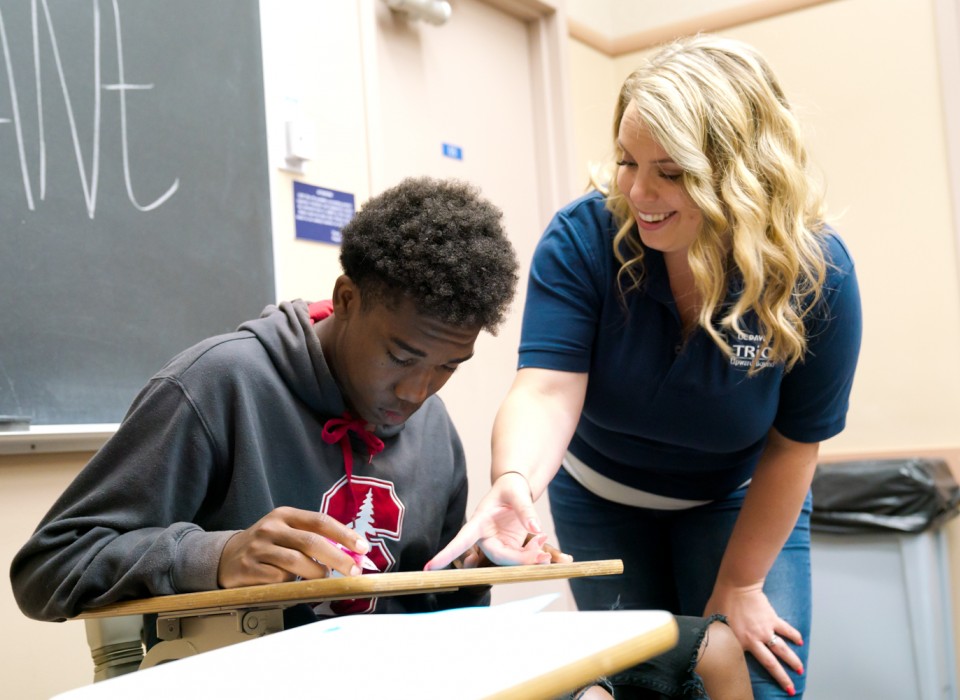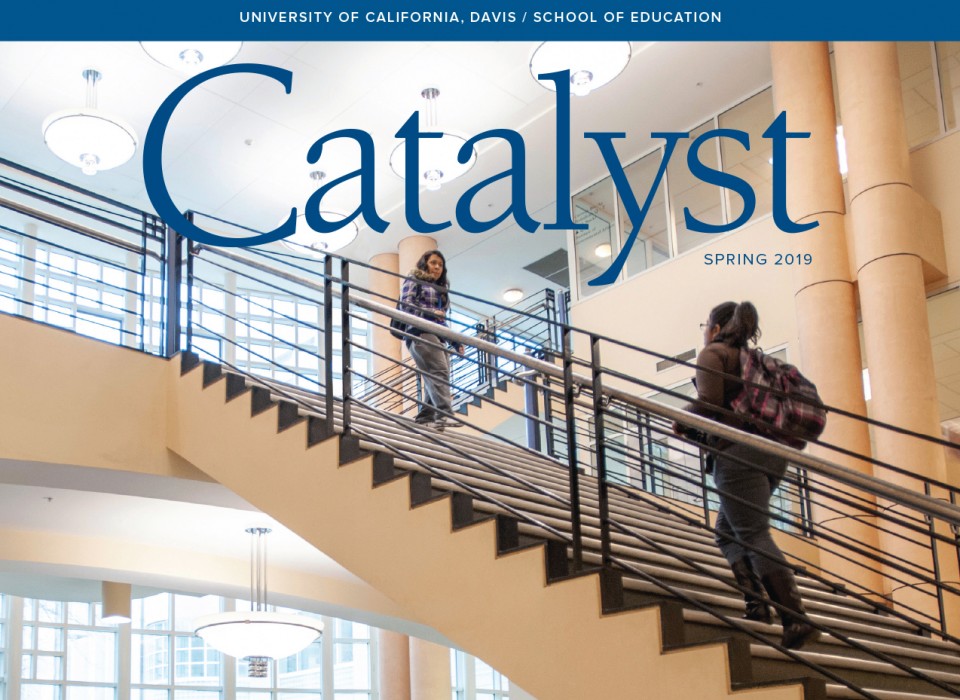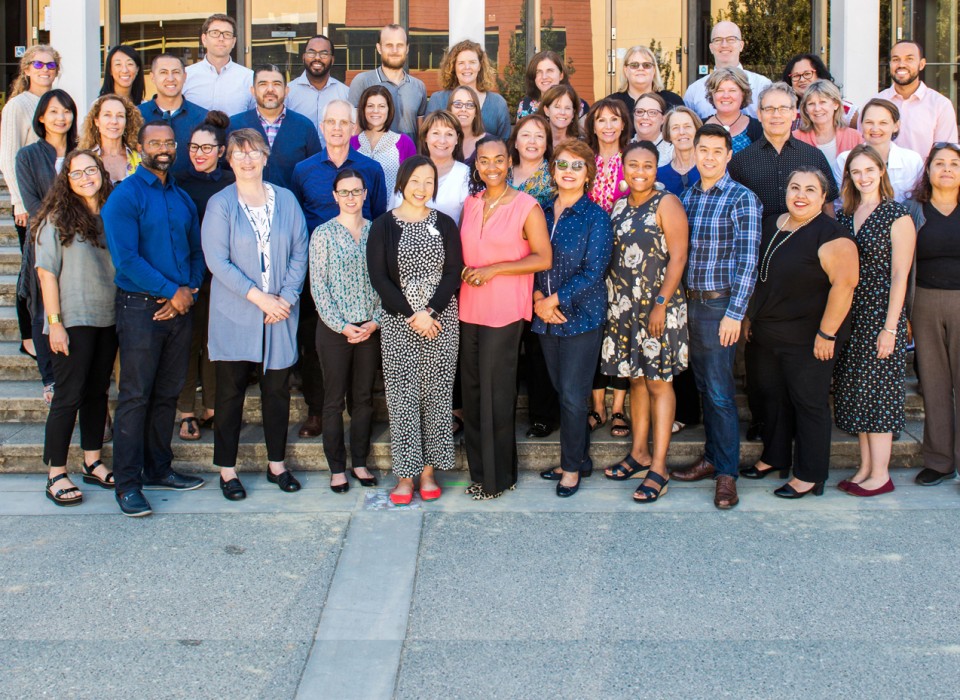Spanish – Single Subject
1) Admission Requirements
Spanish Bilingual Authorization applicants must demonstrate Spanish fluency via a series of three Spanish language formative assessment exams before the start of the program. These assessments will help us determine your reading comprehension, written and oral proficiency in Spanish and will be conducted with UC Davis faculty.
BILINGUAL OBSERVATION: It is recommended that all bilingual applicants have a minimum of 5 hours observing in a bilingual setting. These 5 hours may be part of your 30 hour observation, if in the correct content area to which you are applying, or may need to be in addition if needed.
2) CSET Exam
In addition to the required CSET exams in the subject of your desired credential, students wishing to earn a Bilingual Authorization must also take the CSET Spanish Subtest V exam. You are encouraged to take the exam before the start of the credential year and must pass it before the Bilingual Authorization can be awarded.
Preparing for the CSET Exam:
Courses at UC Davis. At UC Davis, the following classes may help you prepare for the CSET exam: Chicano Studies 10, Chicano Studies 50, Chicano Studies 110, Chicano Studies 130, Chicano Studies 135S, Chicano Studies 150, Chicano Studies 132, and Chicano Studies 112.
Books. The following books are a good resource when preparing for the exam:
- Chicano Movement For Beginners, ISBN-10: 9781939994646, ISBN-13: 978-1939994646,
- Latino USA Revised Edition, ISBN-10: 0465082505, ISBN-13: 978-0465082506
3) Field Placement
If it is not possible to place the Bilingual Authorization candidate in a long-term Spanish bilingual content area placement, candidates must complete a 3–6 week field placement where they can observe and teach their content area being taught in Spanish. The Spanish field placement experience must total a minimum of 20 hours and be no less than 3 weeks.
If it is not possible to secure a short-term placement where the candidate’s content area is taught in Spanish, Spanish placements should be in one of the following contexts:
- The student teacher remains in their placement and teaches the same lessons, taught in English for most students, in Spanish for a small group of Spanish speaking students. The lessons taught in Spanish should total a minimum of 20 hours. A Bilingual Supervisor will observe the student teacher teaching the lessons in Spanish a minimum of four times. The candidate must submit a lesson plan prepared in Spanish prior to teaching the lesson.
- If there are not enough Spanish speaking students in the candidate’s placement to teach content area lessons in Spanish, the student teacher must complete a 3–6 week field placement in a content area classroom where there are enough Spanish speaking students to teach the necessary lessons in Spanish. A Bilingual Supervisor will observe the student teacher teaching the lessons in Spanish a minimum of four times. The candidate must submit a lesson plan prepared in Spanish prior to teaching the lesson
4) Coursework
In addition to regular requirements
- Education 151
- Education 152 (prior to or during the credential year)
- Education 253 (instead of Education 206B) during spring.
5) University Supervision and Support
Bilingual supervisors will visit and observe a minimum of four times while the candidate is teaching in Spanish to support and evaluate the following:
- Spanish language proficiency necessary to teach the specific content area: Spanish language for their specific content areas as well as instructional delivery such as use of appropriate syntax, appropriate vocabulary, and an ability to understand and respond to in the moment questions and comments about content in Spanish.
- Informal language to communicate and understand students’ use of colloquial Spanish, cultural terms, slang, and nonverbal communication.
- Family/community engagement: collaborating with families and/or the community to engage them as assets to help and support student learning, inform partnership and community outreach efforts through assets-based, racially-sensitive lens. For example, letters/messages to parents/caregivers, sharing class expectations, homework or extension activities that reflect an assets-based view of families and the community.








